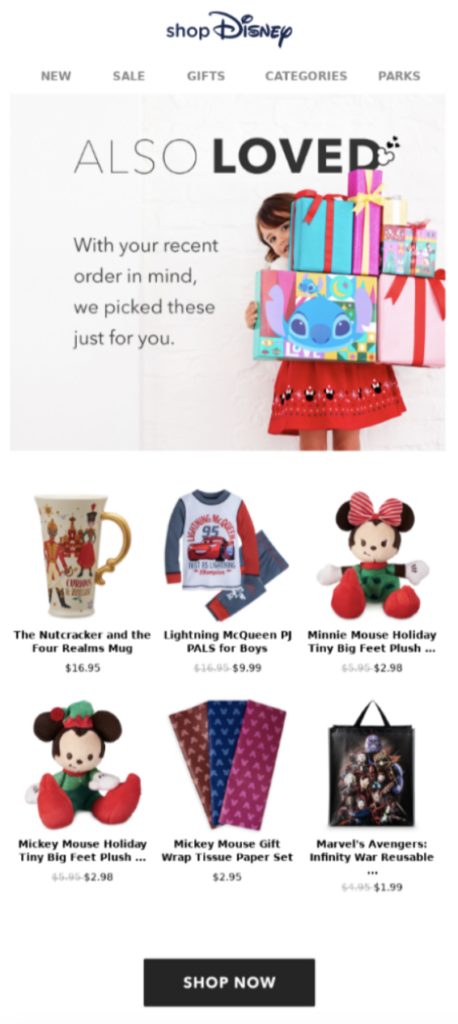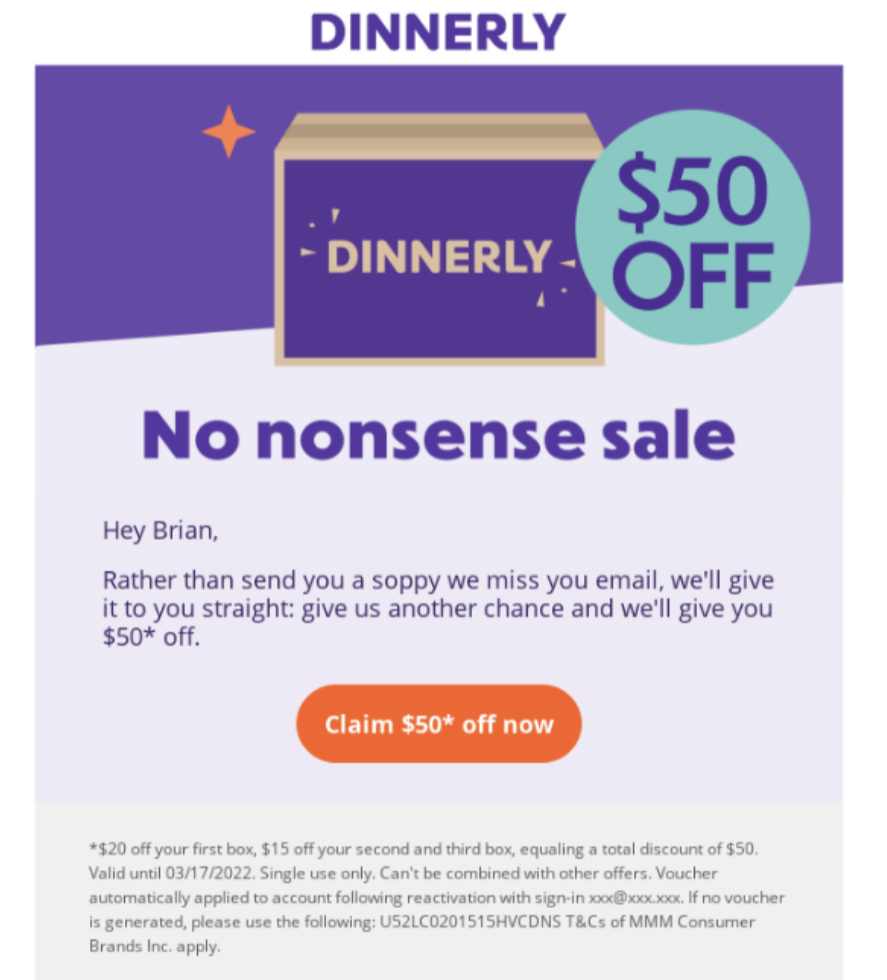
Email segmentation identifies and groups your subscribers based on one or more characteristics, including demographics, behavioral data, location, interests, survey results, and changes in engagement.
The segments can be broad (e.g., Last Activity < 30 days) or very refined (e.g., College-educated people, ages 25-35, in Maryland, who attended a recent conference and have purchased a new home in the past year). Every business will have unique ways of segmenting and will require different data sets for best results.
Segmenting your lists allows you to customize and personalize your marketing, indicating you understand your customers’ needs and interests.
As you gain more insight into your subscribers, you can identify patterns that will help you create personas. Targeting personas with tailor-made content can increase conversions, loyalty, advocacy, and customer satisfaction. Content that is relevant to a member’s interest will always lead to higher conversion. Keep that personalization consistent and you’ll earn loyalty in return. Customers will feel you understand them and see them as individuals. Add it all up and you should also see fewer unsubscribes and spam complaints.
But before you can segment your audiences, you first need to decide how to segment your business. How would you categorize your services and products? Who is the intended customer base? Are you able to, and do you have a plan to, expand your base by appealing to other demographics? If growth is a priority, you will want to imagine additional personas beyond your current clientele.
Zero-party data is the most reliable information email senders have at their disposal because it comes straight from the customer, with their permission. But, that data can go stale. What was true in the past is not necessarily still true today. Things change. People change. Customers can slide from one demographic to another in so many ways, sometimes gradually and sometimes suddenly.
These changes can include look like a move to a new state, a change (increase or decrease) in income, children who age out of—or older adults that age into—your target age range. And, because your customers may have multiple interests and needs, they may fit in more than one segment.
Segmentation examples
Demographics
Demographics can encompass everything that describes a person: Age, income, education level, job role, and a million other facets. You can observe trends based on these demographics, but take care to not allow biases or stereotypes to force-fit a persona. People are still individuals even when they share multiple common attributes.
Behavioral data
Segmentation can also help you take advantage of a recent show of interest. For example, by knowing who attended your webinar, you can break the attendees into multiple lists, categorized by their job role and if they are a current client or a new lead.
From there, each segment can receive a different version of your webinar follow-up email. A hot prospect should see something different than a current customer, after all.
With a little planning, collecting behavioral data can have a great payoff. You can automate segmentation based on subscriber behaviors, such as method of sign-up, purchases, web page visits, webinar attendance, and clicks on your call-to-action links. These triggers can add new members to a list or queue up follow-up emails.
Check out this example of an email Disney sent with items that may appeal to the customer based on their recent order.

Location
Location can be such an influential factor in a subscriber’s lifestyle, affecting geography, climate, hobbies, interests, and opportunities for career and education. A sporting goods store may segment their audience by location, with the assumption that people living in coastal areas will buy more surfboards, while shoppers in more mountainous regions will buy more ski equipment and mountain-climbing gear. Some areas can fit into multiple segments, depending on the season.
Interests or survey results
While you can get some insight on a subscriber’s interests through their purchases and other behavior, you can get even more through surveys and other forms. You can ask their opinion not just directly about your products and services, but also on the content of your emails. Which topics would interest them for future webinars? What problems do they want to solve and what products or services have they tried in the past?
Encourage new subscribers to complete their personal profile. Every email should link to your subscription preference center, which can help identify topics of interest.
Surveys will provide the feedback you need to determine your next steps with a customer. A customer’s responses can give you the demographic information you need to see the puzzle pieces that make up a segment. Recognize that not all data is relevant or useful. All collected data should have a solid use case. Also note that people may be hesitant to over-share personal details, and rightly so! Establish a solid policy for data collection, privacy, and protection if you have justifiable reasons to collect PII (Personal Identifiable Information).
In this example, a current adult customer with children is targeted for a service that caters to kids. A survey may have previously asked if the subscriber has children.

Change in engagement
Like behavioral data, a change in engagement can be monitored, and triggers can be set to take action. Recipients who click through a higher-than-average number of emails are signaling to you that they are actively interested in what you are selling.
Now is your time to push that into a conversion. Send a coupon or browser/cart abandonment email. Have a sales rep reach out directly.
Lack of engagement is just as important to monitor. When a subscriber stops interacting with your content, that usually indicates a decrease in interest. Pay attention. You have a small window of opportunity to win them back with a personalized email that reminds them why they signed up for your emails in the first place.
This is another opportunity to automate based on the date of last activity.
Building segments is like developing a new recipe. You will likely need to experiment and test a lot before you get the results you want. You may discover some ingredients (data) are not helpful, while others would enhance the results. You’ll know you’re doing it right when you see a noticeable increase in conversions and repeat customers, and consistently low spam complaints. Plan to revisit your segmentation on a regular basis as your company changes with new offerings, available and addressable markets, and strategies.
The email below shows why a win-back campaign is essential in retaining customers and how incentives to renew subscription or make a new purchase can re-ignite interest in your brand.

What’s next?
In 2023, generic, batch-and-blast email sends won’t cut it. The best way to engage your audience with relevant, personalized content that meets their needs and interests is with email segmentation.
But email segmentation is just one aspect of a successful email program. To take your email program to the next level (and stay a step ahead of hungry competitors, download Validity’s 2023 Email Marketing Benchmark report.